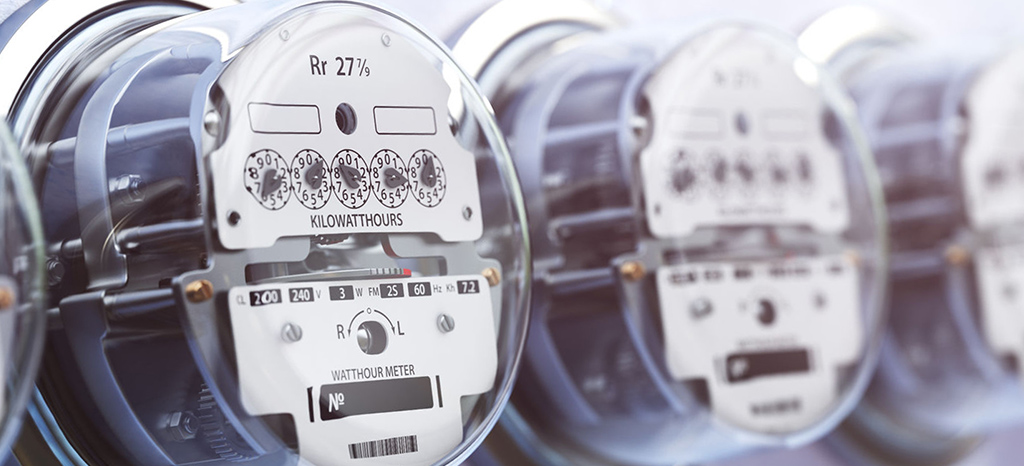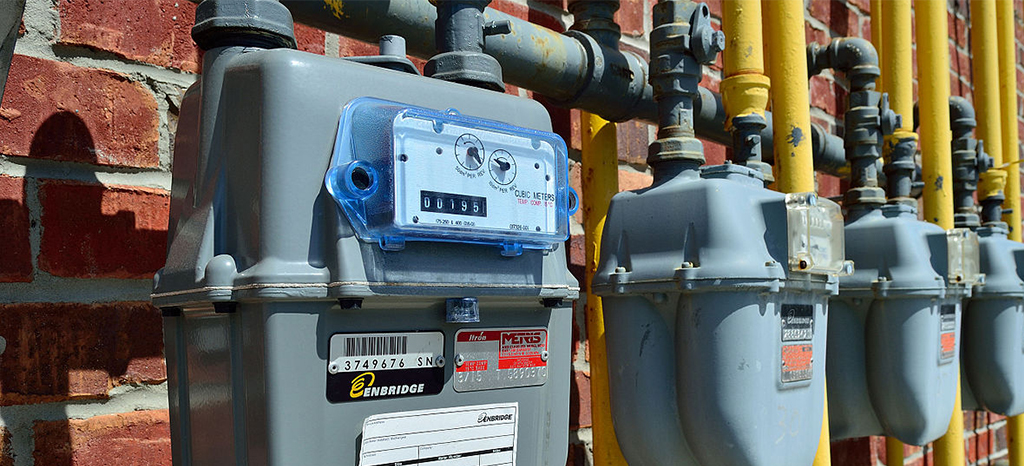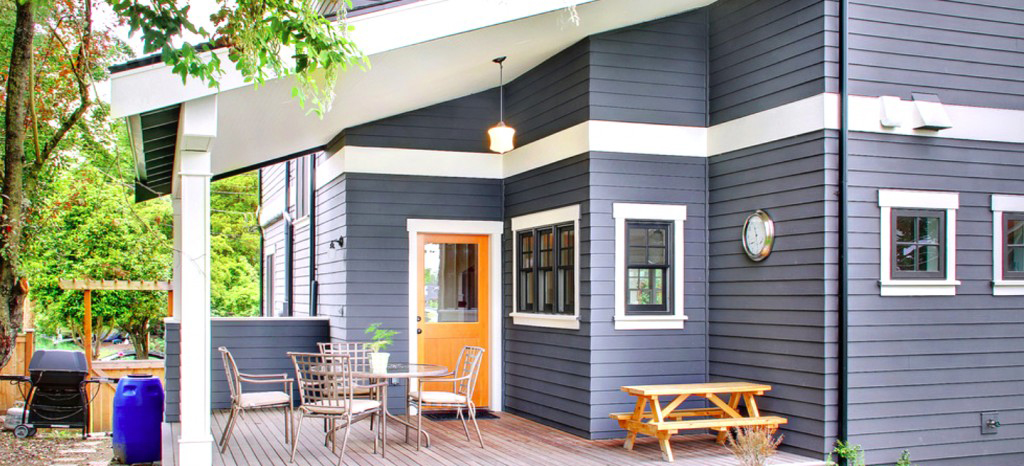How Electricity Rates Are Determined
To have an understanding of changes in electricity rates it is necessary to understand the factors which affect the production of electricity.
You may have noticed that electricity rates constantly vary. The variations in the price of electricity is due to a multitude of factors. The price of electricity is determined by the cost to construct, maintain, finance, and operate the power plants, electrical grid, and power lines.
Understanding Your Electricity Bill
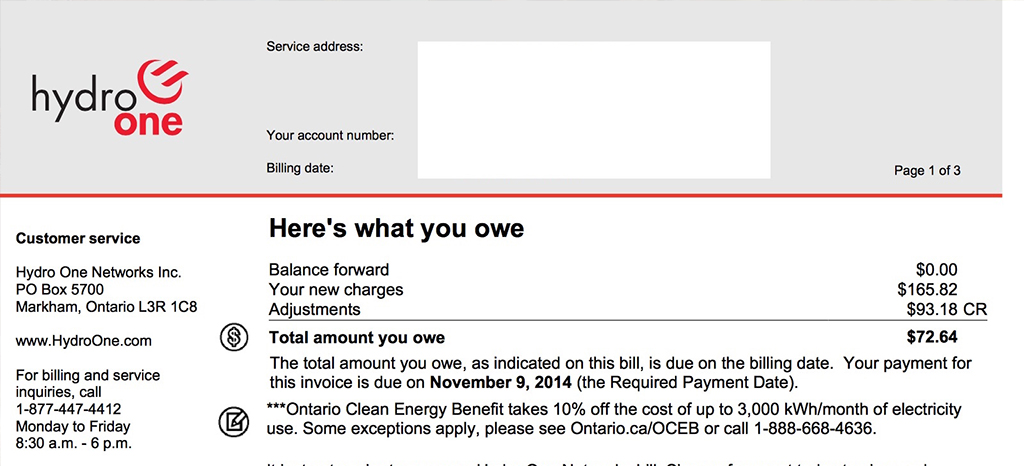 The data and information found on your electricity bill may not be so easy to comprehend, but we’re here to help you decipher this bill so that you know exactly what you’re paying for.
The data and information found on your electricity bill may not be so easy to comprehend, but we’re here to help you decipher this bill so that you know exactly what you’re paying for.
Paying your bills is never an enjoyable experience, especially when you become lost in all the information found on those dreadful pages. Although your electricity bill may look intimidating and complicated at first glance, we can help explain and simplify this information to ease your anxiety. It’s important to understand the information on your bills so that you know exactly what you’re paying for and why you’re paying for it.
Understanding Ontario Natural Gas Rates
Ontario natural gas rates are regulated to give consumers the benefit of a stable and fair price for their natural gas usage.
In Ontario there are three regulated natural gas providers, these being: Union Gas, Enbridge Gas, and Natural Resource Gas. Consumers in Ontario are able to choose whether they would like to have their natural gas provided to them at a competitive rate through a retailer or from their local utility. Though there are only three regulated natural gas providers, there are many competitive retailers to choose from. The Ontario Energy Board (OEB) are who regulate the Ontario natural gas rates. The OEB has developed a code of conduct for gas retailers which provide consumers with a level of protection on the energy market. They also determine the cost associated with transmitting, storing, and delivering the natural gas. The price of natural gas is affected by a variety of factors and it can change based on the time of year, the market, weather patterns, major weather events, etc.
Spring Energy Saving Tips
There are many ways to use your appliances less and save more money during the spring using simple energy saving tips.
As the weather warms up your home will as well while your appliances work hard to keep you cool. There are many small adjustments you can make to your home and to your daily habits to save on energy and money. An energy audit is a great way to find where the most improvement can be made, but it isn`t always necessary. Some common sense and simple energy saving tips you can find online will often do the trick. Here are some of the easiest ways for you to save money on energy this spring season.
What is my Monthly Energy Usage?
Calculating your home’s monthly energy usage is easy, all you need is some information about your electronic devices and a bit of basic mathematics.
All of the electronic devices in your home, no matter how big or small, add up and amount to the dollar value you find on your monthly utility bill. You might be interested in knowing how you get to that number. Being aware of what the main contributors to your utility bill are is a great step in cutting down on your energy usage. Luckily, calculating this is quite simple. Using the steps listed below you’ll know your monthly energy usage for each device.
Historical Electricity Rates Ontario
Historical electricity rates Ontario for residential and small businesses customers under time-of-use (TOU) rates.
Most residential and small business customers are billed their monthly electricity usage using time-of-use rates. Time-of-use rates mean that the price of electricity depends on the time of day that it is being used. There are three different price points for electricity under TOU rates. Off-peak time is when electricity rates are the cheapest, then mid-peak time, and the most expensive rates are during on-peak time.
Making Your Home Energy Efficient

Making your home energy efficient can be done at a low cost with some simple DIY methods.
You would think that it’s an expensive process to improve your home’s energy efficiency, but it doesn’t have to be. A full home renovation isn’t necessary to save some money in the long run. There are other simpler ways to become energy efficient. If you’re willing to change some of your habits and use some DIY methods you can create a more comfortable environment in your home and save yourself some money.
Here are some things you can do to make your home energy efficient:
Did you know proper sealing saves energy?
Caulking and Sealing Saves Energy – weatherstripping and caulking helps to keep heat and air conditioned air where it should be – in your home!
Constantly heating and cooling your home will not do much if your home has air leaking right out of it due to gaps between framing and door frames and other gaps in the house. Proper sealing saves energy because it is used to seal those gaps around moving and still parts in your home such as windows, doors, plumbing and more. Expanding foam caulk can fill gaps between doors and frames and non expending insulating foam can be used on things like baseboard, ceiling and tiles.
Energy savings Tips
Here is a simple list of energy savings tips that could trim your energy use.
- Install Dimmer Switches in your home– this helps you to use as much light as needed.
- LED Lighting – switch most widely used bulbs in your home to LED. Replace the rest as they burn out. LED bulbs use about 90 % less energy than regular bulbs.
- Wash Laundry in Cold water – For additional energy savings in your home wash laundry in cold water. About 90 % of energy usage in washing machines goes to heating water.
- Full Load Laundry and Dishwasher – You can maximize energy savings by only doing full load laundry and dishwashing. Laundry and dishwasher machines use lot electricity.
Windstream Energy aims to complete cancelled wind farm in Ontario
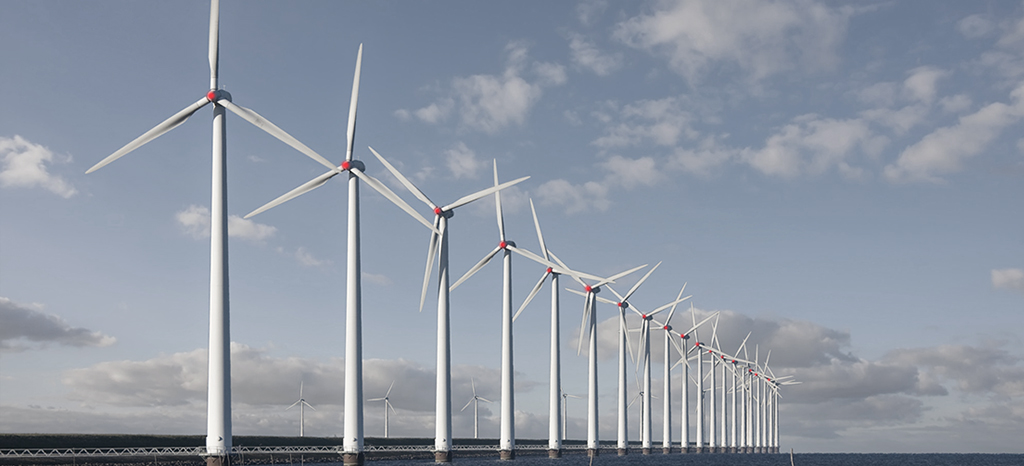
Windstream Energy LLC, the company that recently won $25-million in damages from a NAFTA tribunal because its offshore wind farm was cancelled by the Ontario government, says it still wants to go ahead with the project.
The proposed 100-turbine wind farm, planned for five kilometers off Kingston in Lake Ontario, is still viable and “we are prepared to go forward with this project,” Windstream director David Mars said in an interview Thursday. Indeed it would be more financially viable than it was when first proposed several years ago because offshore wind technology has improved, he said.
Fixed Price Energy
Canada Locations
Albertasoon
British Columbiasoon
Manitobasoon
Ontario
Quebecsoon
Saskatchewansoon
